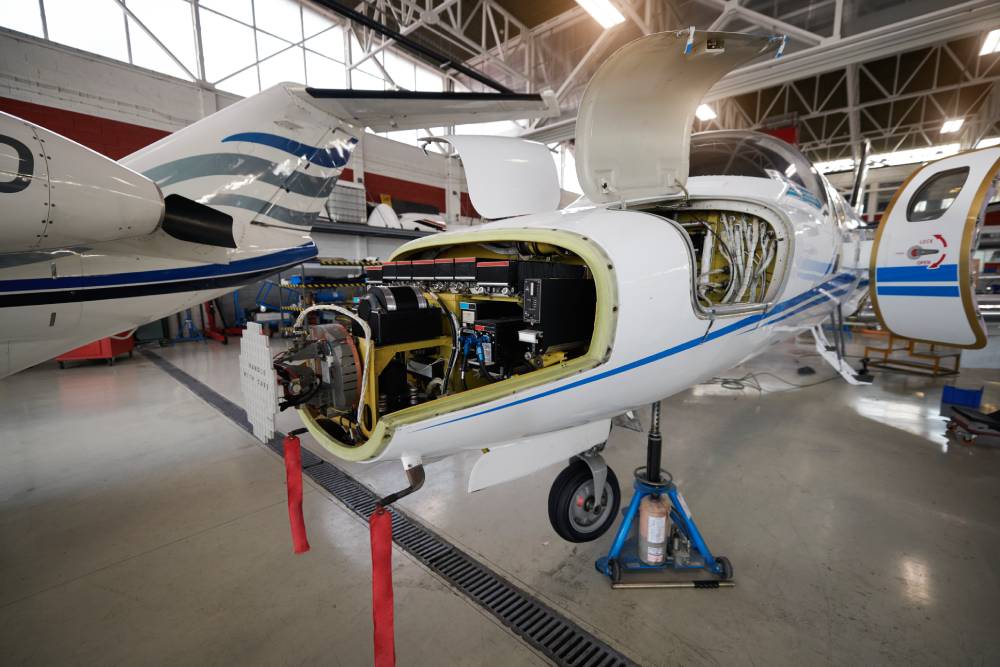AIRCRAFT ELECTRICIAN SKILLS, EXPERIENCE, AND JOB REQUIREMENTS
Updated: July 28, 2024 - The Aircraft Electrician require A and P certification or relevant experience, proficiency in avionics, technical writing, and tools like Solidworks and MS Excel. They must possess knowledge of IPC standards, parts management, instrumentation, and sensor installation, with a deep understanding of pneudraulic systems and fluid principles, enabling them to detect malfunctions and modify components effectively. U.S. citizenship is mandatory for this role.


Summary of Aircraft Electrician Knowledge and Qualifications on Resume
1. BS in Electrical Engineering with 4 years of Experience
- Must be able to speak, read, write and understand English
- Uses and performs operator maintenance on common and special tools
- Prepares forms and records related to aircraft maintenance
- Knowledge and use of special tools/equipment required to perform assigned maintenance tasks is mandatory
- Must be able to meet physical requirements associated with and/or pass any medical examination requirements related to performing daily assigned tasks
- Catia or Enovia experience a plus
- Physical ability to work within confined spaces
- Ability to thrive in a dynamic fast-paced company
- Excellent interpersonal verbal and written communication skills.
- Strong problem-solving skills, the ability to be resourceful, and the ability to exercise creative thinking
- Ability to travel
- International work experience
2. BS in Avionics Technology with 3 years of Experience
- A and P certification or experience
- Experience with aircraft avionics
- Technical Writing: Build guides, schematics, wiring diagrams, reporting/reviewing, etc...
- Experience with Solidworks, MS Excel, Visio, Matlab (or other programming/CAD programs)
- Experience with IPC 610/620
- Experience with parts and inventory management
- Experience with instrumentation and sensor installation
- Knowledge of the makeup, operation, and installation of a variety of large bodied aircraft pneudraulic system parts and components and an understanding of general aircraft mechanical systems and tools
- Knowledge of hydraulic and pneumatic principles, and the physical laws governing the behavior of fluids.
- Ability to detect and isolate malfunctions and to determine when new assemblies, components and parts should be removed installed, reworked, and repaired.
- Ability to modify and make· adjustments to pneudraulic componcnts, accessories, and subasscmblies.